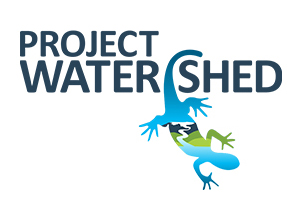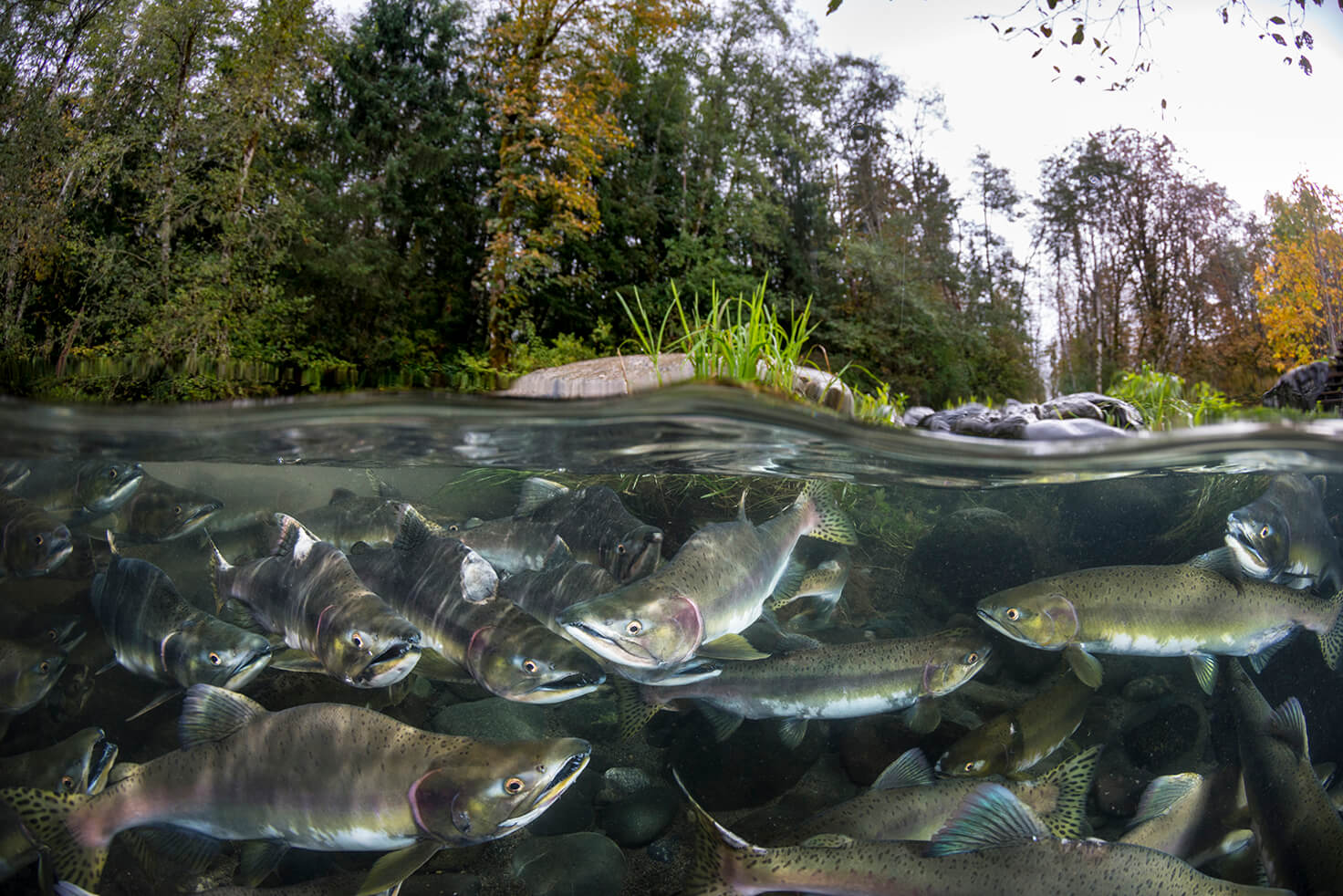The Importance of Estuarine Environments for Pacific Salmon
Pink Salmon (Oncorhynchus gorbuscha) – E. Jones
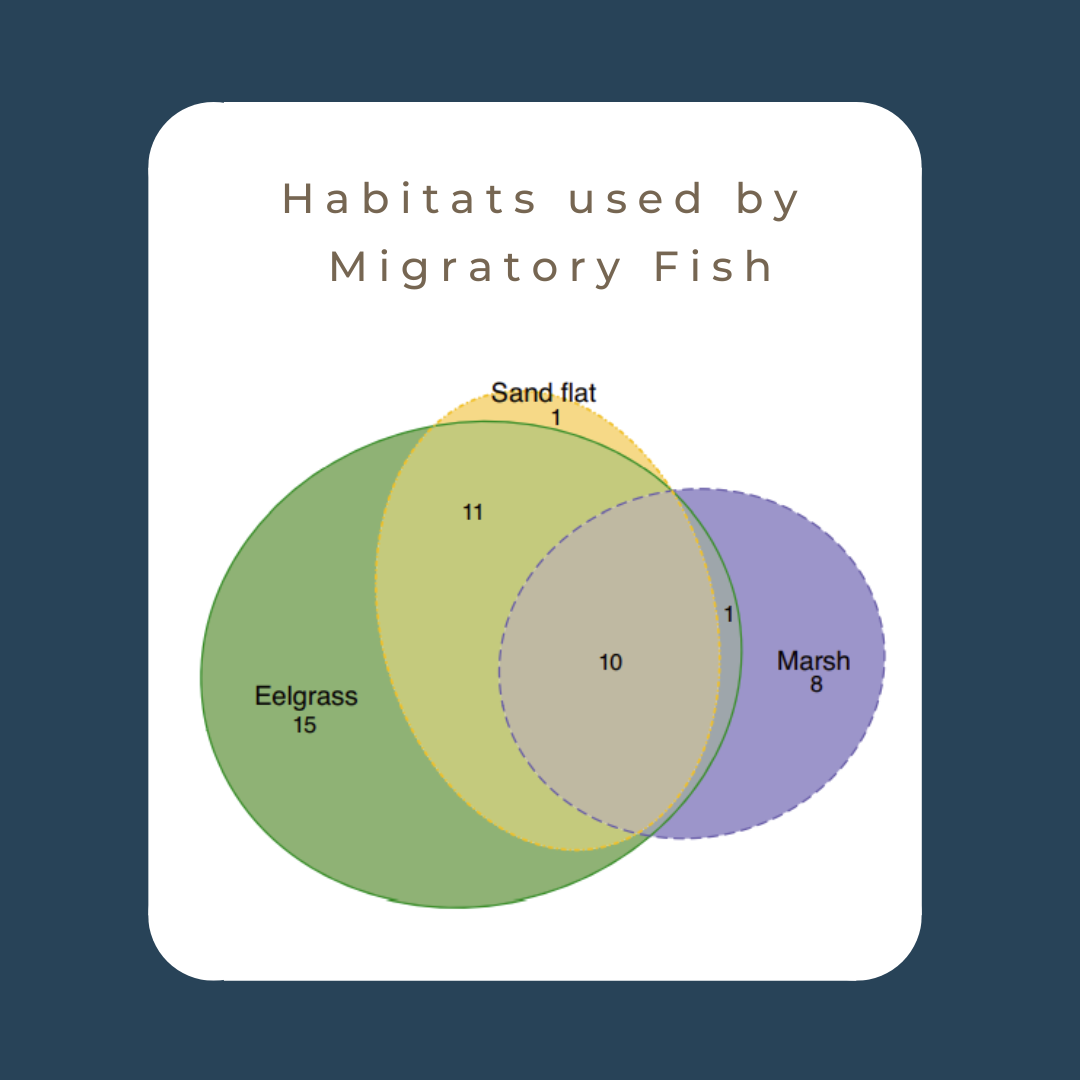
There are 8 unique and 11 shared species in marsh, 15 unique and 22 shared species in eelgrass, and 1 unique and 21 shared species in sand flat habitat.
The article Habitat use by juvenile salmon, other migratory fish, and resident fish species underscores the importance of estuarine habitat mosaics contends that limited and degraded estuarine environments pose a large obstacle to salmon survival. As they leave rivers, salmon enter and stay in estuaries before migrating to the ocean. All Pacific salmon species use estuarine habitats during their downstream migrations, with some residing there for days to months. Therefore, the abundance and quality of the habitat in estuaries greatly impacts salmon survival rates.
Determining the significance of estuarine habitats is complex. An estuary is subject to daily tidal variations and fluctuations from seasonal changes in temperature and hydrology. To compound the issue, each species using an estuary has a unique life-cycle pattern.
The Fraser River, where the study was conducted, is a primary source of freshwater and significantly impacts the marine ecosystem surrounding it. It supplies essential terrestrial nutrients that support the fish communities and influences the migration routes of emigrating salmon and it governs the nutrient cycling processes of the surrounding Salish Sea. The estuary’s lower reaches serve as crucial habitat for over 50 fish species, including those found in freshwater, estuarine, and marine environments.
Over 70% of the Fraser River estuarine habitat has been lost or disconnected due to habitat degradation, shoreline modification, alteration of hydrology, nutrient and waste runoff, and noise pollution from industrial, agricultural, and urban development.
Within what remains of the Fraser River estuarine environment, there are three habitats used by salmonoids and other migrating fish: seagrass, marsh, and sand flats, which together form a ‘seascape’. The article found that in terms of estuarine fish species richness and abundance, eelgrass made the largest contribution and exhibited the greatest seasonal variation. While marsh habitat supported the fewest species, it supported more distinct species as compared to sand flat and was particularly preferred by juveniles of the five commercially significant Pacific salmon species. In the Fraser River estuary, marsh was found to be the most used habitat by migrating salmon.
Concerning Pacific salmon species in the Fraser River Estuary, the authors of the study concluded that concentrating exclusively on eelgrass habitat remediation could exacerbate the reduction in salmon populations by depriving them of the remaining marsh. This highlights the idea that interconnected seascapes comprising various habitat types support higher biodiversity and productivity.
Chalifour L, Scott DC, MacDuffee M, Iacarella JC, Martin TG, Baum JK (2019) Habitat use by juvenile salmon, other migratory fish, and resident fish species underscores the importance of estuarine habitat mosaics. Mar Ecol Prog Ser 625:145-162.
Eelgrass
EElgrass (Zostera marina) is a seagrass that grow to create vast underwater meadows, commonly referred to as eelgrass beds.
Sand Flat
Regularly disturbed by wave action and tidal fluctuation and lacking vegitation.
Marsh
A type of wetland that is dominated by herbaceous species. They form a transition between the aquatic and terrestrial ecosystems.
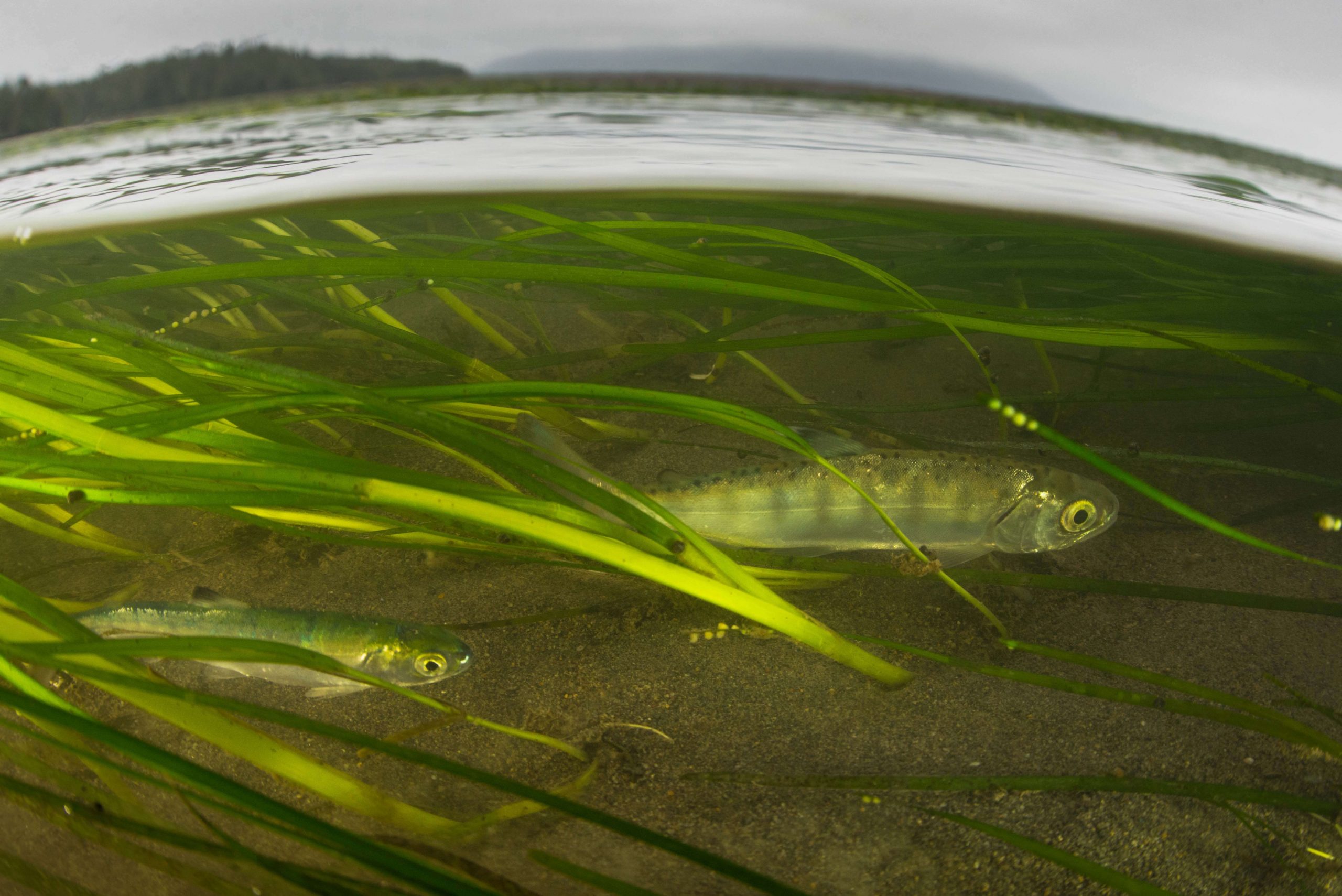
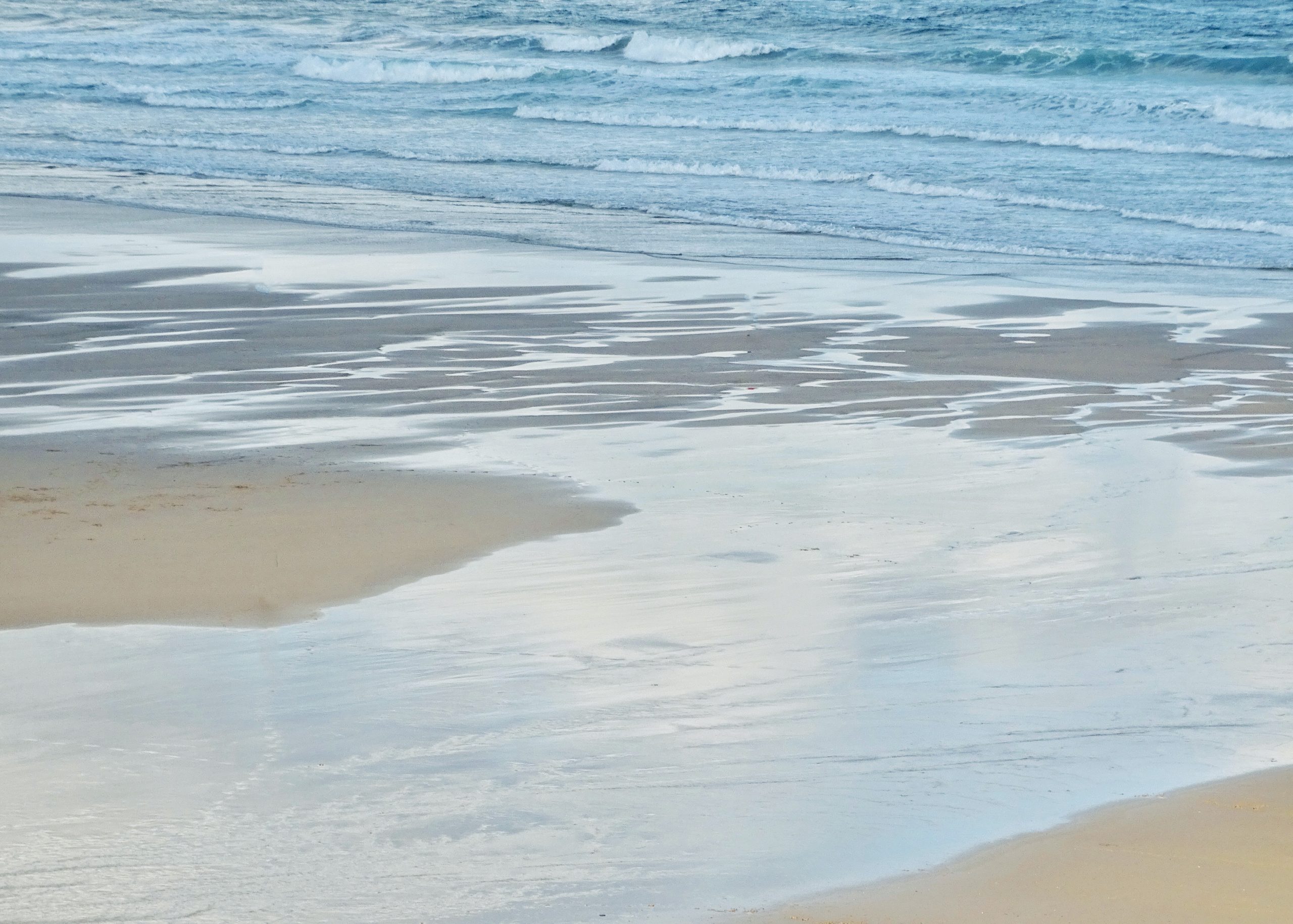
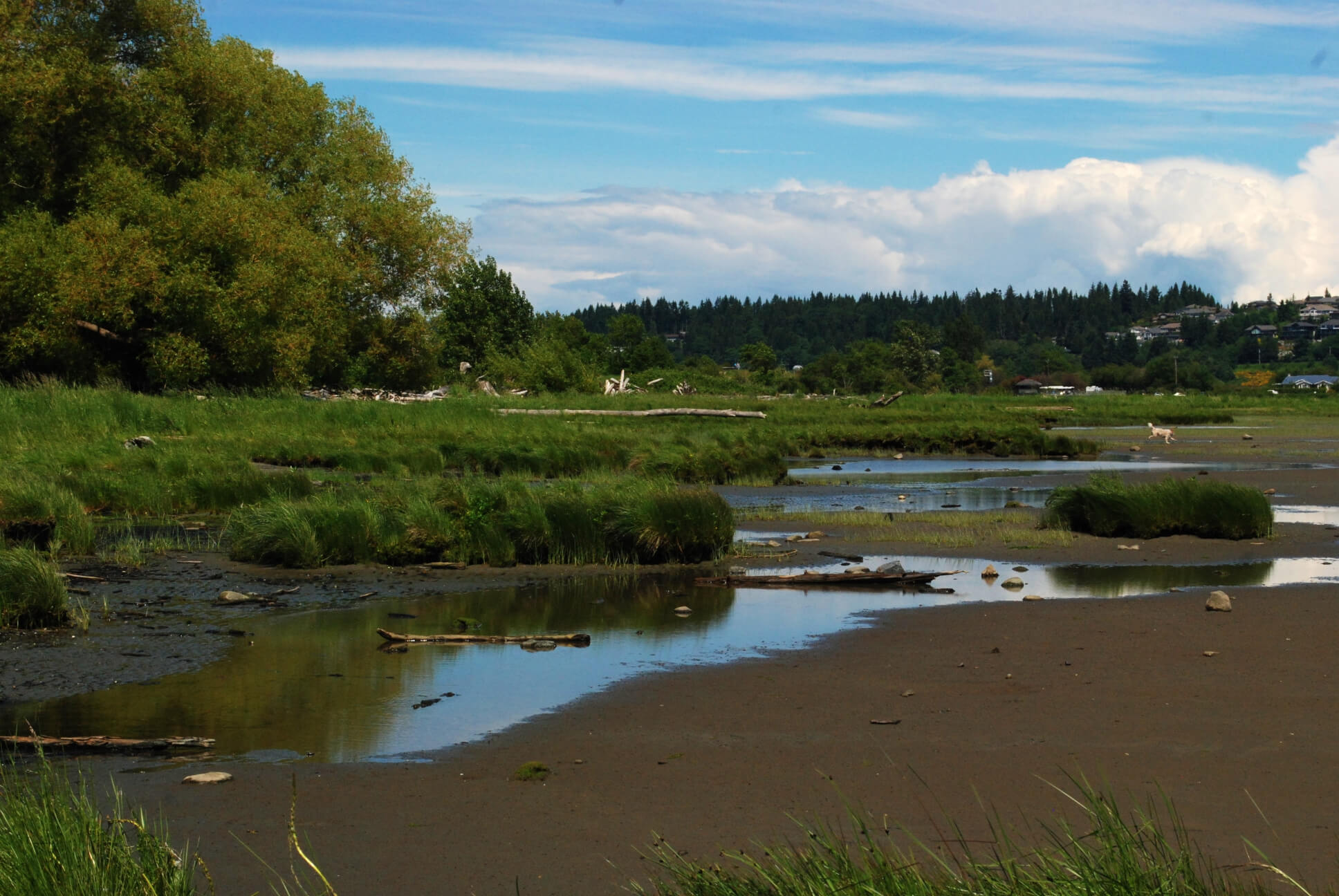
Related Posts
Eelgrass Update
In the fall our restoration team surveyed the three eelgrass beds which were planted with the help of our volunteers back in June. The beds are looking healthy!
Kus-kus-sum: End of Season Wrap-up
Now that we have put the Kus-kus-sum site to bed for the winter, we wanted to give you all a little update on how things progressed this season – lots happened!
Kate McKeown
Meet our new Forage Fish Technician!
Greenshores at Dyke Road Park – Reimagining a Park
On September 20 and 21, over 20 people were on site to help with planting at the Comox Valley Regional District’s (CVRD) Dyke Road Park redevelopment project.
Gartley Beach Green Shores for Homes Project
Project Watershed is teaming up with the CVRD and the Stewardship Centre for BC to do some shoreline restoration at Gartley Beach in Royston.
Fall and Winter Forage Fish Sampling
We’re gearing up for the fall/winter season of forage fish sampling!

